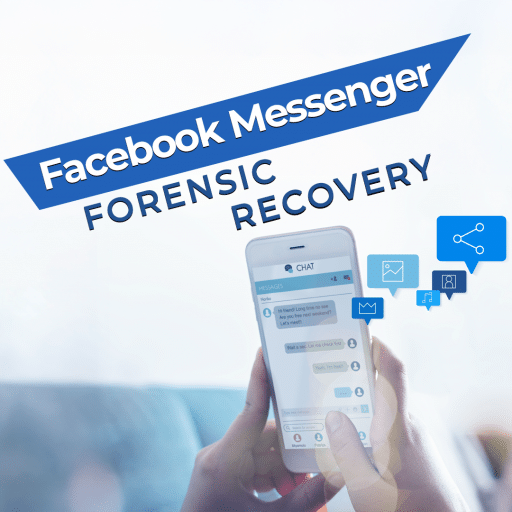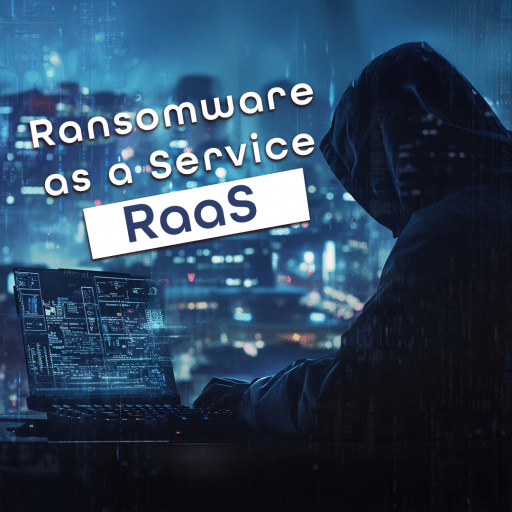Cybercrime covers a broad spectrum, from email scams to the unauthorized distribution of copyrighted content. At its core, cybercriminal activity is driven by the pursuit of financial gain through intellectual property theft, data breaches, and online fraud. As these crimes become more sophisticated, digital forensics plays an increasingly vital role in uncovering evidence and holding perpetrators accountable.
The Expanding Role of Digital Forensics in Cybercrime Investigations
Digital forensics, also known as computer forensics, is a rapidly evolving field that applies computer science techniques to legal investigations. Its primary objective is to conduct structured investigations while maintaining a documented chain of evidence. By analyzing digital devices, forensic experts can determine exactly what happened and identify those responsible for cybercrimes.
Forensic investigators follow strict protocols and use specialized tools that go beyond the standard data collection methods available to regular users or IT personnel. While digital forensics shares similarities with data recovery, it operates under legal guidelines to ensure the integrity of evidence collection.
The Growing Importance of Digital Forensics
The field of digital forensics continues to advance, making it increasingly difficult for cybercriminals to conceal their activities. With sophisticated techniques and tools, forensic experts can expose malicious acts and help bring offenders to justice.
Key Challenges in Digital Forensics
Digital forensic investigations face a range of challenges, which can be grouped into three main categories:
- Technical Challenges: Encryption, expanding storage capacities, evolving technologies, and anti-forensic tactics make investigations more complex.
- Legal Challenges: Digital evidence must meet stringent legal standards to be admissible in court.
- Administrative Challenges: The need for proper documentation, compliance, and forensic policies impacts investigations.
Essential Digital Forensics Disciplines
Mobile Forensics
With nearly all mobile devices running iOS or Android, forensic experts focus on extracting digital artifacts from these platforms. Mobile forensics plays a crucial role in criminal investigations, as smartphones store extensive personal data that can provide insights into a suspect’s activities.
Cloud Forensics
Cloud storage offers convenience, but it also presents new challenges for forensic experts. By analyzing cloud service artifacts, investigators can track file uploads, downloads, and user activity, helping to reconstruct digital timelines.
Drone Forensics
Drones are becoming increasingly prevalent, and forensic investigators must now analyze data stored in drone memory and associated cloud services. Encryption and cloud-based functionalities add layers of complexity to drone-related investigations.
Windows and Mac Forensics
Windows remains the dominant operating system in businesses, while Mac usage is steadily increasing. Both require specialized forensic techniques to retrieve and analyze system artifacts, logs, and user activities.
File System Forensics
Understanding file system structures (e.g., EXT, FAT, NTFS, HFS+) is fundamental to digital forensics. Knowledge of these systems is critical for recovering lost or hidden data.
Incident Response
With an increasing number of cyber incidents, digital forensic experts are in high demand. Incident response involves rapid investigation techniques to mitigate damage, track intrusions, and recover compromised data.
Memory Forensics
Analyzing volatile memory (RAM) can be crucial for uncovering malware, decryption keys, and active system processes. Memory forensics is often used in malware analysis and cybersecurity investigations.
Network Forensics
Monitoring network traffic helps detect anomalies, identify cyber intrusions, and analyze malware behavior. Network forensics is critical for detecting breaches and securing organizational infrastructure.
Cyber Threat Intelligence
Understanding hacker methodologies enables forensic investigators to predict and counteract cyber threats effectively. Cyber threat intelligence plays a crucial role in reducing response times and improving security defenses.
Malware Forensics
While digital forensic experts may not be malware analysts, they must have a working knowledge of how malware operates. Investigating malicious software helps uncover attack vectors and prevent future breaches.
The Future of Digital Forensics
As cybercriminal tactics evolve, digital forensics must keep pace with emerging threats and technologies. Advancements in artificial intelligence, blockchain analysis, and automated forensic tools will shape the next generation of cyber investigations. To learn more about the future of digital forensics and how emerging tools are transforming the industry, explore our latest insights.
Conclusion
Digital forensics is a dynamic and ever-expanding field, requiring continuous learning and adaptation. From mobile and cloud forensics to malware analysis and cyber threat intelligence, forensic experts must stay ahead of cybercriminals to protect individuals and organizations. As technology advances, so too must the methodologies and tools used to fight cybercrime effectively.
About the authors
Oleg Skulkin, GCFA, MCFE, ACE, is a DFIR enthusional (enthusiast + professional), Windows Forensics Cookbook and Practical Mobile Forensics co-author.
Igor Mikhaylov, MCFE, EnCE, ACE, OSFCE, is a digital forensic examiner with more than 20 years of experience and Mobile Forensics Cookbook author.
DISCLAIMER: THIS POST IS FOR INFORMATIONAL PURPOSES ONLY AND IS NOT TO BE CONSIDERED LEGAL ADVICE ON ANY SUBJECT MATTER. DIGITAL FORENSICS CORP. IS NOT A LAWFIRM AND DOES NOT PROVIDE LEGAL ADVICE OR SERVICES. By viewing posts, the reader understands there is no attorney-client relationship, the post should not be used as a substitute for legal advice from a licensed professional attorney, and readers are urged to consult their own legal counsel on any specific legal questions concerning a specific situation.
The information presented in this article is based on sources that are not readily available to the public and may be subject to restrictions or confidentiality. It is intended for informational purposes only.






